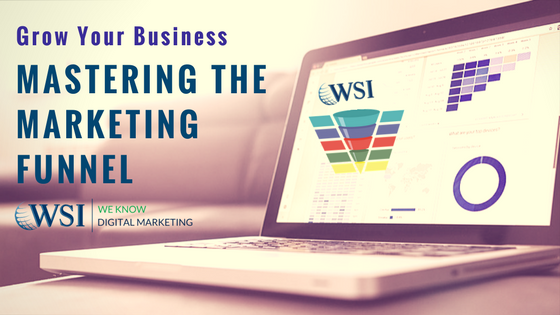
When it comes to successfully managing and improving your marketing and sales results, the very first step before measuring anything is to establish a marketing funnel blueprint. After all, according to a quote by H. James Harrington, “Measurement is the first step that leads to control and eventually to improvement.”
The Marketing Funnel Blueprint
A funnel blueprint can be defined as stages that an individual or an organisation goes through to become your customer. Some refer to it as the Buyer’s Journey; going from the Awareness stage to Consideration to Decision.
More often than not, marketing and sales departments tend to have different opinions on what these stages should be. It is vital to identify, and document, the stages in your marketing funnel agreed to by everyone on the team. This is a critical step before you can accurately measure, forecast and optimise your marketing results.
As with most marketing strategies and tactics, a written blueprint is not set in stone. Many organisations make adjustments to their marketing funnel stages as they grow. At the very least, the blueprint is a helpful tool to ensure everyone in the company is in agreement as changes are made.
Defining The Marketing Funnel Stages
There is no set rule on how many stages you need as it is company and industry-dependent. As mentioned above, the Buyer’s Journey, or Marketing Funnel, is generally divided into three main stages.
The first stage is TOFU (not the food) but rather ‘Top of Funnel’ which is generally the marketing team’s responsibility. This is where leads are generated, nurtured and scored depending on the level of engagement.
The second stage MOFU or Middle of Funnel where leads are qualified and is for both marketing and sales teams. It’s the most common area where miscommunication can occur due to conflicting ideals and different goals. Having clearly identified definitions is essential to bridge the gap between marketing and sales. At this stage, clear MQL’s and SQL’s need to be implemented to identify where marketing believes a lead is qualified and where sales confirm that a lead is sales-ready.
Finally, the third stage is BOFU or Bottom of Funnel. Here leads are moving through the sales pipeline stages toward becoming a paying customer. This stage is generally owned and managed by the sales team.
Buyer’s Journey: How To Maximise Business Growth
Think like your customer from Awareness to Consideration to Decision and determine your strategy accordingly. It is your duty to create a marketing funnel for greater growth by taking customers to the sale.
You should build multiple sales funnels, including funnels within funnels as companies see a greater increase in the number of leads when they add more landing pages. These companies get twice as many leads compared to websites with 5 or fewer landing pages. Despite this, only 48% of marketers build a landing page for each marketing campaign. Read this article to find out more about increasing your lead conversions with these landing page tips.
Here are a few examples you should consider when creating marketing funnels for all products, sales and types of buyers:
-
The Service Upsell Funnel
You can begin by offering an inexpensive product and then upsell successful buyers to something more exclusive. Not all funnels produce conversions but the good makes up for the bad as funnels go from wide to narrow. Profit margins are far higher on 5 sales worth £5000 each than 100 sales on a product valued at £5.
-
The Cross-sell Funnel
In contrast, cross-selling is not enhancing the customer’s existing choice but complimenting it instead, offering a related product. An example in the SaaS world could mean selling additional training, or a marketing agency selling SEO alongside a content marketing contract.
-
Free Consultation Funnel
Who doesn’t like getting something for free? There are many examples but generally, a free consultation funnel starts with the free consultation offer itself. The end goal is to sell your products or services to the customer at full price.
This funnel begins with a potential customer opting in for a free consultation. If you’re a marketing agency, this could be a free SEO or PPC audit. After the free consultation, they’ll receive a few follow-up emails encouraging them to purchase supplemental materials that will help them get more out of their free discussion with you.
-
Product Launch Marketing Funnel With Limited Time Offer
This funnel is about generating interest and building anticipation with a sense of urgency to act before the product is no longer available. Limited edition or limited time products work best for this funnel. Getting this right means building a relationship with your email list ahead of the launch date. Here you anticipate common reactions from your email list which includes objections or suggestions you could work on pre-launch.
Next, you need to promote the urgency by mentioning the time frame or the closing date of the offer. Your email funnel should ideally drive all leads to the main sales or product landing page. Don’t forget to include a checkout page which can also be used for further upsells.
Whichever way you look at it, knowing how to set up and manage your marketing funnels effectively can help improve the lifetime value of your clients. If you don’t have any products or services to offer, then perhaps it’s time you did. Determine which ones could work for you and help keep your business growing.
In today’s fast-paced world, every business needs to constantly be on the lookout for ways to enhance their offering and add value. Experimenting is key to identify what works best for your business.
Contact WSI eMarketing today to discuss your marketing strategy. We can help tailor specific solutions for your brand including PPC, SEO, Marketing Automation, Social Media Management and more.
Related Post
Top Tips for Product Page...
As the internet evolves and user expectation becomes increasingly sophisticated, creating...
- May 31, 2011
- By Rob Thomas
- e-Commerce
How To Drive Sales With...
Landing pages have long been the primary tool of the web-savvy marketer. Whether the...
- June 12, 2011
- By Nadine Thomas
- e-Commerce
Top Tips for Product Page...
Your website marketing activities are geared to getting a qualified audience to your...
- June 14, 2011
- By Rob Thomas
- e-Commerce
Content Sharing Via Social...
Target marketing to meet your business goals Is your business using social media channels...
- June 15, 2011
- By Nadine Thomas
- Digital Marketing
Can you get help to fund your...
If you need a new website, it’s possible that you could get help towards the cost....
- May 30, 2013
- By Rob Thomas
- Digital Marketing
10 Best Ways to take...
Others may have seen a pop-up ‘invitation to upgrade’ message when they accessed...
- June 1, 2013
- By Rob Thomas
- Digital Marketing

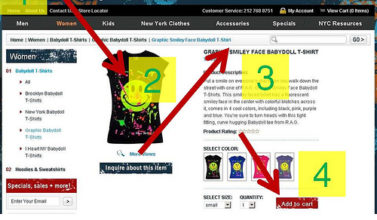
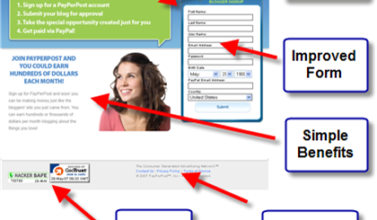
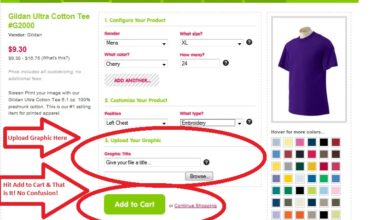
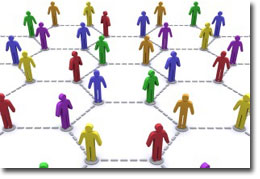
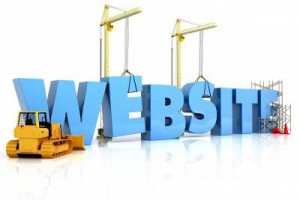
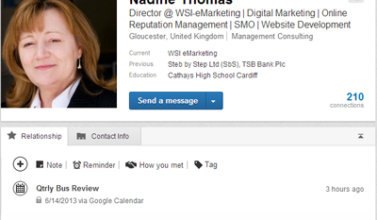




Leave a Comments